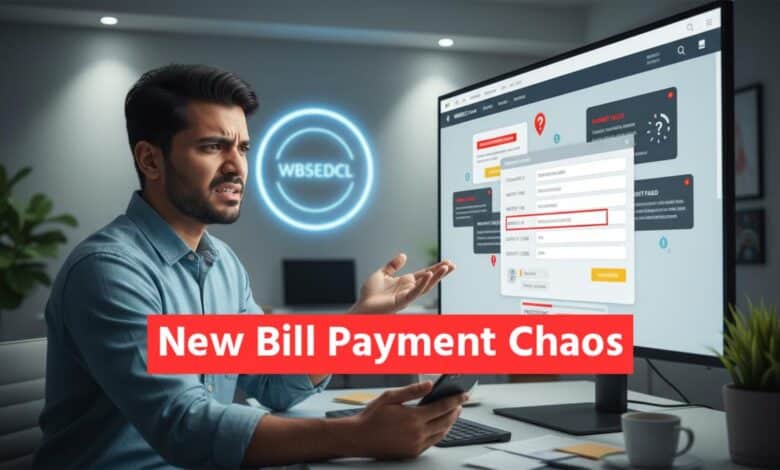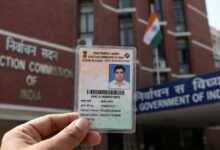WBSEDCL Bill Payment System Overhauled: Know How to Pay Your Electricity Bill in New System

WBSEDCL Bill Payment: The West Bengal State Electricity Distribution Company Limited (WBSEDCL) has completely revamped its official online portal for electricity bill payments, introducing a new system that has left many consumers confused and concerned. This updated process marks a significant departure from the previous method, bringing several critical changes that affect how users view and pay their dues.
A New Step-by-Step Payment Process
While the main dashboard of the WBSEDCL website remains familiar, the payment journey has changed. To pay a bill, consumers must first click on ‘Online Payment’ and then select the ‘Quick Pay’ option. This opens a new interface presenting four choices:
- Quotation Payment
- Postpaid Energy Bill
- Smart Prepaid Offline
- Prepaid
For the vast majority of residential customers who receive a bill every three months, the correct option to select is ‘Postpaid Energy Bill’.
After entering the consumer number and the captcha code, the system verifies the details. However, unlike the old system, it no longer displays a detailed breakdown of the bill, such as the amount due for each month or the total outstanding balance.
Get Instant News Updates!
Join on TelegramKey Changes and Major Concerns for Consumers
The most significant alteration is the removal of bill details. Instead of seeing a pre-calculated amount, customers are now prompted to manually enter a payment amount. This has introduced several new rules and complications.
- Manual Amount Entry: Consumers must decide how much they want to pay, with the system accepting any amount between a minimum of ₹50 and a maximum of ₹1,00,000.
- No More Month-Wise Payments: The popular feature that allowed users to select and pay for one or two months out of a three-month bill cycle has been completely removed.
- Partial Payment Confusion: While users can now technically pay a partial amount (e.g., pay ₹600 on a ₹900 bill), the website offers no clarity on how the remaining ₹300 balance will be adjusted or reflected in the next bill.
- Forced Minimum Payment: The new minimum payment rule is causing issues. For instance, a consumer attempting to pay a bill of ₹25 was forced by the system to pay the minimum of ₹50. It remains unclear how this extra ₹25 will be adjusted.
Despite these interface changes, the back-end payment gateways like BillDesk and UPI are reportedly functioning as they did before.
Issues with Receipts and Payment History
Obtaining proof of payment has also become more cumbersome. While a receipt is generated upon successful payment, users report that it takes significantly longer than before.
Furthermore, a major change is that the ‘View Payment Receipt’ option on the home page appears to be disabled or non-functional. To download a receipt, consumers must navigate back to the ‘Quick Pay’ section, click on the ‘Payment History’ tab, and search using their Consumer ID. The payment status is visible here, but bill descriptions are replaced with confusing codes like ‘EHP’, making it difficult to identify specific billing periods.
The Biggest Drawbacks: Hidden Late Fees and App Failures
Perhaps the most critical flaw in the new system is its handling of overdue payments. If a consumer misses the due date, the website does not display the updated total amount including the late fine. This leaves customers in the dark, unable to determine the exact amount they need to pay to clear their dues.
Adding to the frustration, popular third-party payment apps like PhonePe and Google Pay are currently unable to process WBSEDCL bills, displaying an ‘unscheduled downtime’ message.
While the official reason for this drastic change is unknown, it is speculated that it might be a move to enable an online partial payment facility, a service previously available only at physical electricity offices. However, the lack of transparency and numerous functional issues have made the new system a source of significant inconvenience for millions of users across the state.

